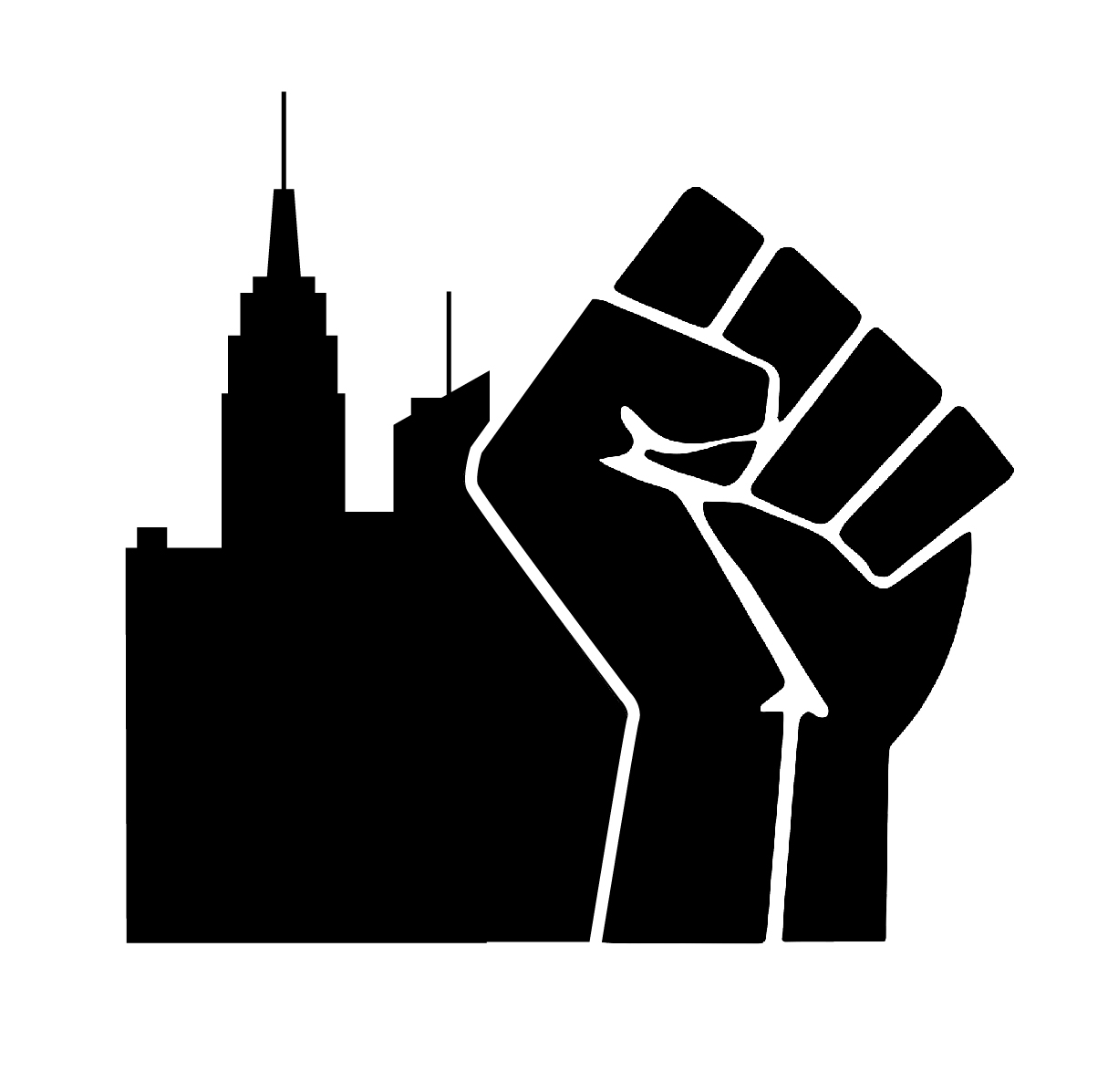Can you imagine a facility where individuals can go to inject heroin safely with clean supplies and medical supervision being allowed to exist, legally speaking? If you said no, you’re in for a great surprise. Safe injection sites exist around the world as lawful facilities supervised by licensed health personnel where drug addicts inject drugs that they acquired elsewhere. They have been operating in Europe since the 1980s and there are today approximately 120 sites operating in twelve countries.
Addiction and Drug-induced Homicide: More Lives Lost, More Freedom Lost
Addiction does not discriminate. In the United States, drug overdose deaths are at an all-time high and affect people of all races, socioeconomic status, and ages. From 1999 to 2014, the total number of overdose deaths nation-wide nearly tripled and this number only continues to rise. In 2015, the Center for Disease Control (“CDC”), reported that more than 52,000 people died of a drug overdose. In 2016, the national total reached 63,600 overdose deaths, and in 2017, the number increased to 72,000.
Searching the Virtual Glove Compartment: Police Searches of Connected Cars
You have just been pulled over by the police. After you hand the officer your license and registration, the officer notices your baseball cap with a picture of a marihuana leaf. The officer asks if you have been smoking marihuana, and you quickly answer “no.” Nonetheless, the officer places you in handcuffs and searches inside your vehicle. The officer finds no marihuana, so she uses your car’s touchscreen display to access your text messages and call history. The officer finds the following text-message exchange between you and a contact named “Rott”:
- How much did u put in the trunk?
- 850g, you’ll be good for a while
- Got it, thanks
Former Incarcerated Youth: The Unknown Collaterals of The School to Prison Pipeline
You are on your computer and you decide to click on a video that it seems all your social media friends have continuously shared. You press play and on your screen you see a little girl sitting in her chair with a police officer standing nearby. Suddenly, the police officer yanks the girl’s arm and in a struggle flips her and the chair over. The girl is subsequently dragged by her hair and arrested. The little girl is African-American. This happens during class, in front of all the other students and the teacher.
Videos like the one described above have bought great attention to the phenomenon labeled as the “school-to-prison pipeline”.
Time For A Change: The NFL’s Non-Existent Policies on Human Trafficking During the Super Bowl
Human trafficking is the illegal movement of people, typically for the purposes of forced labor or commercial sexual exploitation. For example, imagine a young girl, being kidnapped off the street, drugged by pimps, and sold for sex. Sex trafficking is prevalent around major sporting events like the Super Bowl. In fact, on February 2, 2015, the evening after the Super Bowl, Football Hall of Famer Warren Sapp was arrested in Arizona for allegedly soliciting a prostitute and assaulting two women. According to reports, Sapp was at a bar at the Renaissance Hotel in downtown Phoenix where he started talking to two women (ages 23 and 24). Sapp invited the two women to his hotel room. While in his room, Sapp threw $100 bills at the women as they danced for him. After his arrest, Sapp reported to the police that he paid $300 to each woman for sexual acts and that he had recorded the events on his phone.






